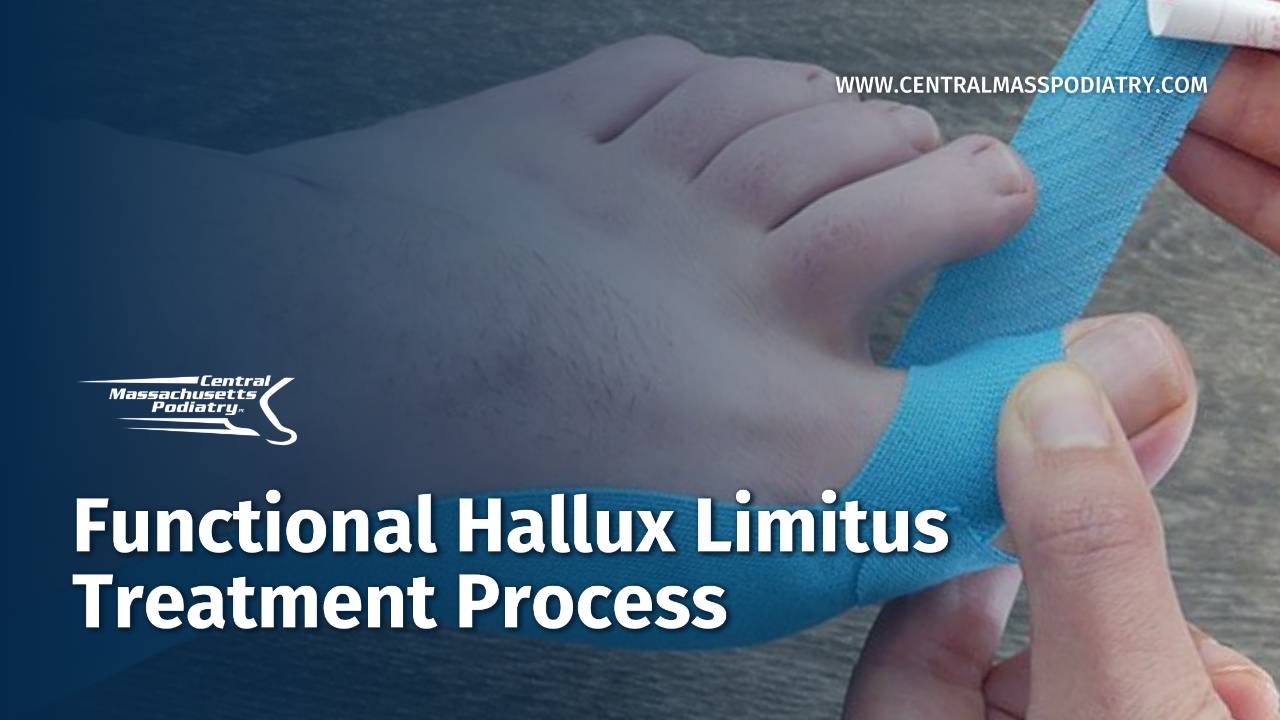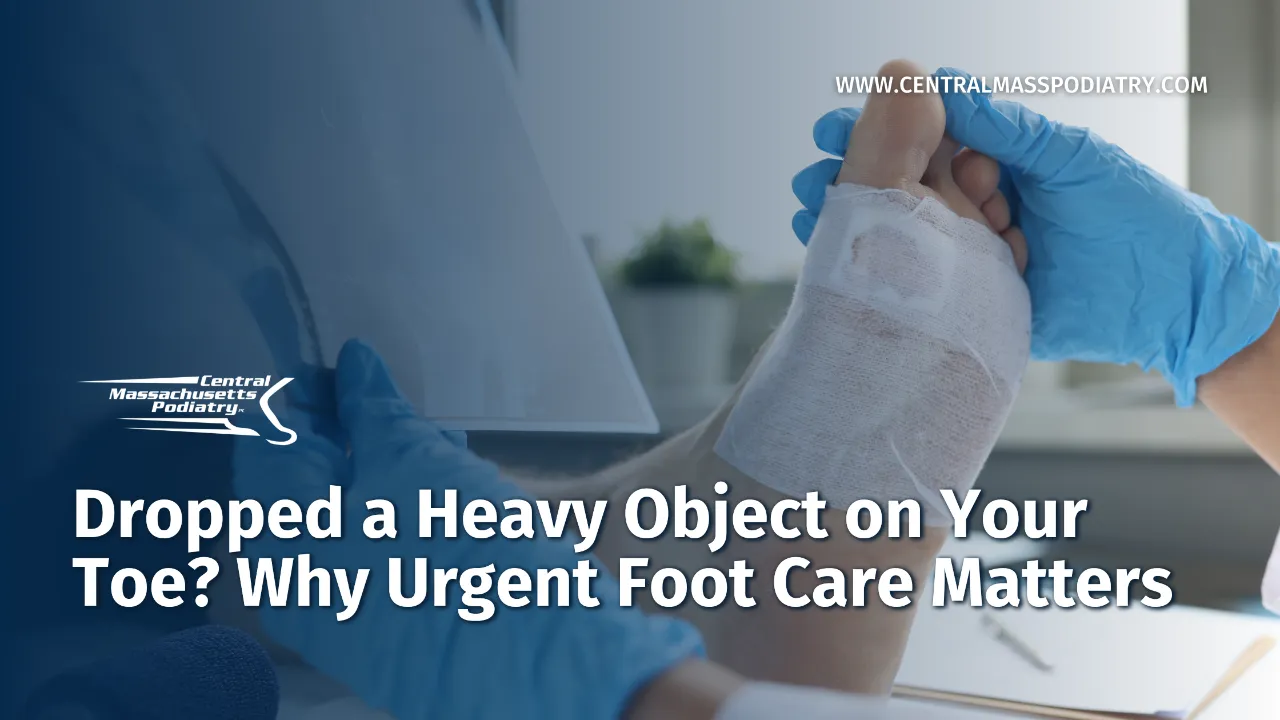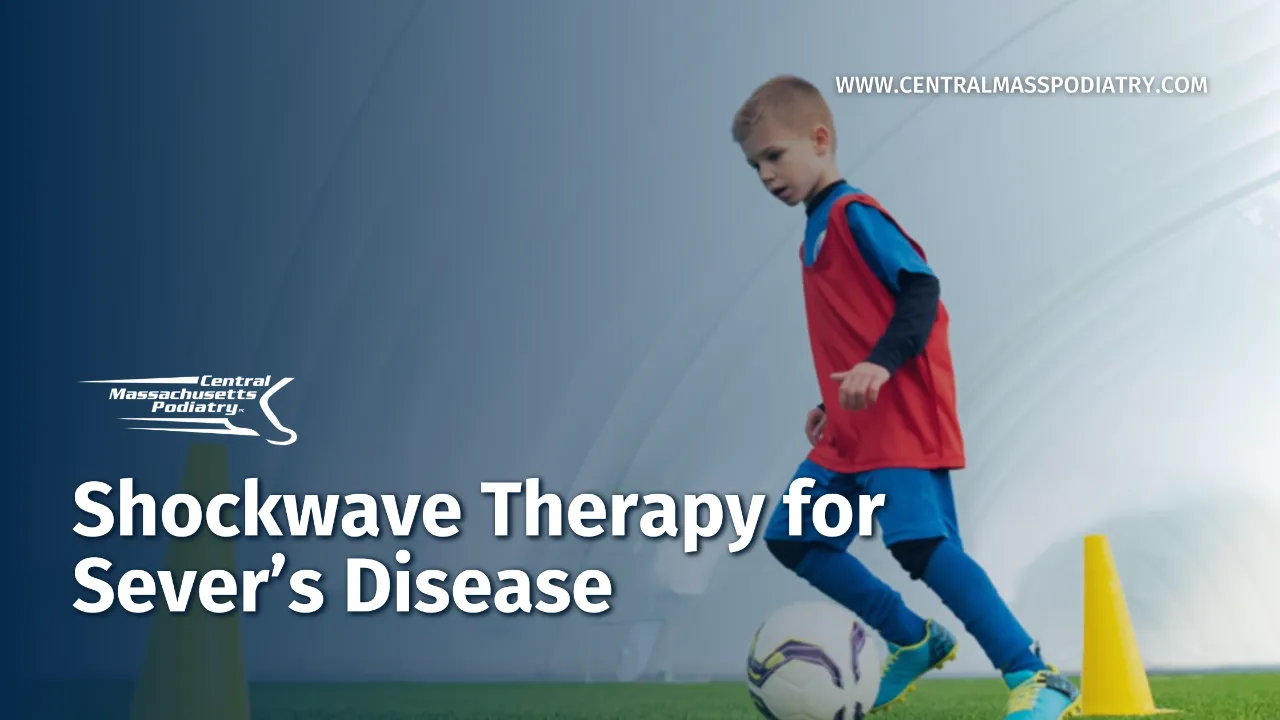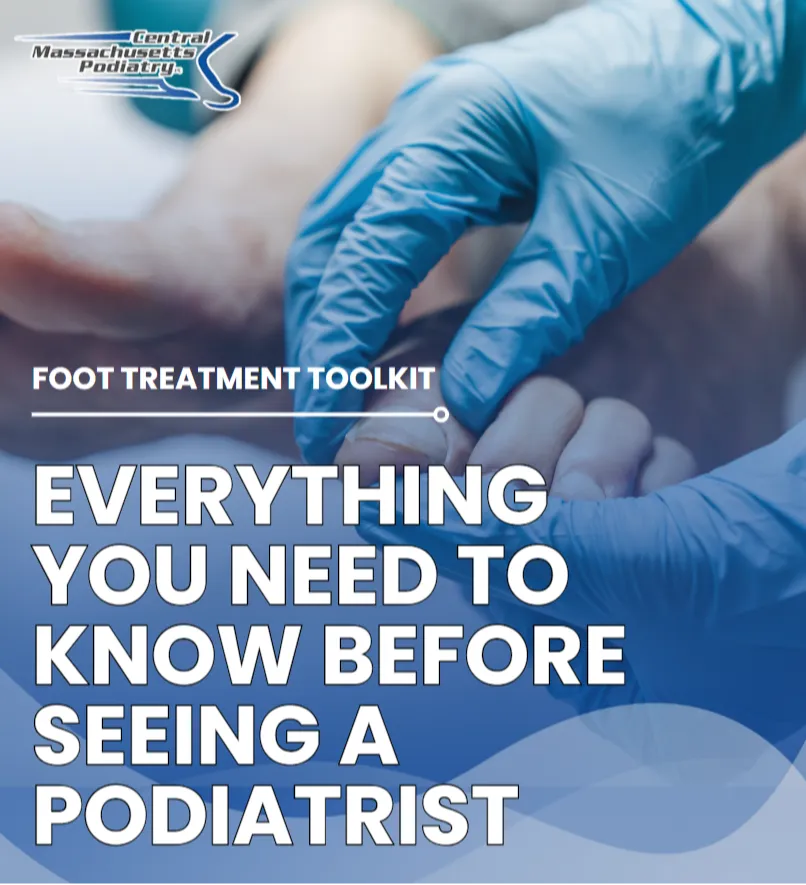Amniotic Fluid Injections vs. Foot Surgery – Why a Non-Surgical Option Might Be Right for You

When experiencing persistent foot pain, you might start wondering if surgery is the right solution. Simple daily activities can become incredibly challenging, often pushing people to consider surgical options as their only hope. However, that doesn't always have to be the case. There's another solution that can help you—amniotic fluid injections.
In this blog, let’s discuss the comparison of this regenerative, non-surgical treatment as compared to foot surgery. For personalized advice, always consult your podiatrist.
How Amniotic Fluid Injections Work for Foot Injuries?
Amniotic tissue allograft works for foot injuries by delivering healing components from amniotic tissue, such as growth factors, anti-inflammatory proteins, and hyaluronic acid—directly to the injured tissue. These naturally occurring elements help reduce inflammation, relieve pain, and support the repair of damaged ligaments, tendons, and other soft tissues commonly affected in foot injuries.
Conditions such as plantar fasciitis, Achilles tendinitis, and ligament sprains can benefit from this regenerative treatment, which encourages the body’s own healing process without the need for invasive surgery.
Amniotic Fluid Injections vs. Foot Surgery
| Factor | Amniotic Fluid Injections | Foot Surgery |
|---|---|---|
| Recovery Time | Minimal downtime; most patients resume daily activities within 48 hours. Full healing and maximum results typically develop over a few months as tissues regenerate. | Recovery varies by procedure. For most foot and ankle surgeries, tenderness and swelling typically take about 3 to 4 months to subside. However, recovery from more complex procedures can extend to a year or even longer. |
| Potential Risks | Low risk of complications. Possible moderate increase in tenderness and pressure at the injection site. Side effects are uncommon, but like any injection, there is a slight risk of infection or tissue damage. | Higher risk profile. As with any surgical procedure, potential complications include infection, bleeding, anesthesia reactions, and postoperative pain. |
| Effectiveness | Effective for certain conditions like plantar fasciitis and Achilles tendinitis. Studies report significant pain reduction and improved function, with effects lasting several months to years. | Often provides definitive treatment, especially for structural issues. Success depends on the specific procedure and patient adherence to postoperative care. |
| Cost & Convenience | Generally amniotic tissue allograft is more affordable than surgery. Costs and insurance coverage range varies. Many plans do not cover regenerative treatments. The procedure is outpatient with minimal disruption to daily life. | Costs vary widely based on the procedure, facility, and region. Insurance coverage varies. Involves hospital stays, anesthesia, and longer recovery periods, impacting daily activities. |
Key Takeaways
Before committing to any surgical procedures for foot injuries, it's worth exploring non-surgical alternatives like amniotic fluid injections. Your suitability to any of these two treatments will ultimately be determined by a healthcare professional, such as a podiatrist or foot & ankle surgeon.
If you want to explore alternative options to surgery for your foot injury, reach out to Central Massachusetts Podiatry. With two convenient locations at Worcester and Westborough, our podiatrist will conduct a comprehensive assessment to your unique situation and create a tailored treatment plan to help you get back on your feet. Schedule your appointment today.
Related Blogs

Is Podiatric Surgery Right for You? Key Questions to Ask Your Doctor
When it comes to the point that your foot or ankle pain does not…

Shockwave Therapy & Amnio Injection for Heel Pain Relief
When the pain hits, it can feel like the world is coming down on our…

Functional Hallux Limitus Treatment Process
This is my current treatment process for patients with…









